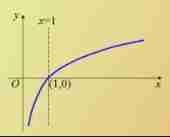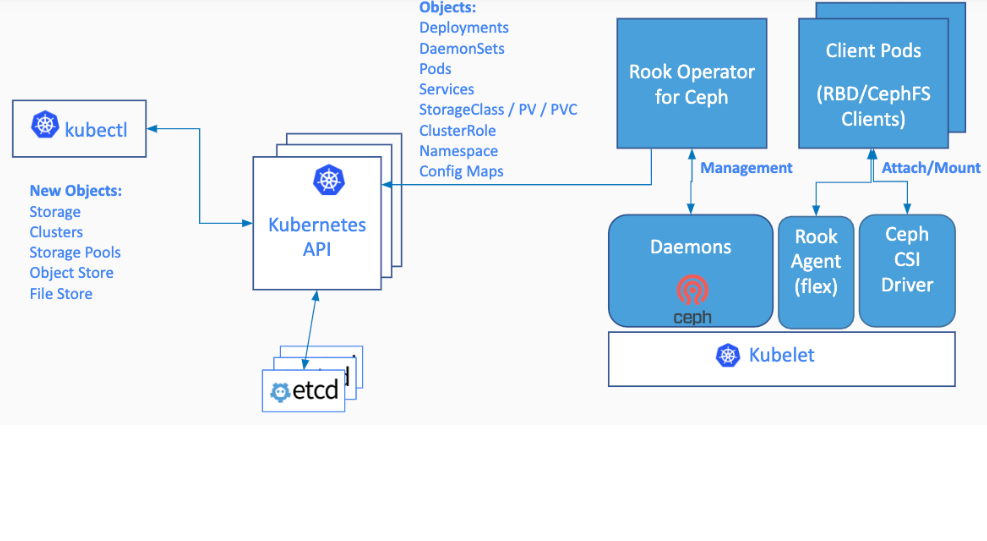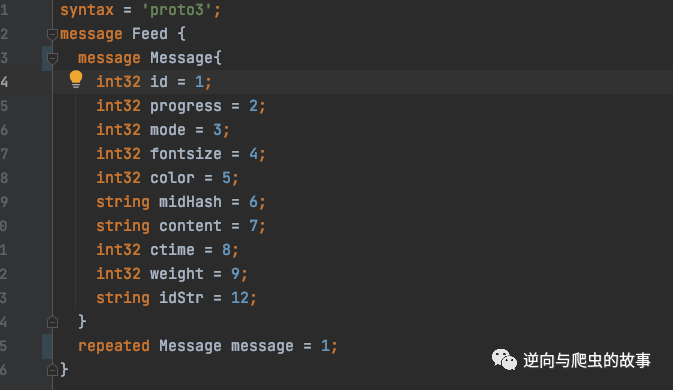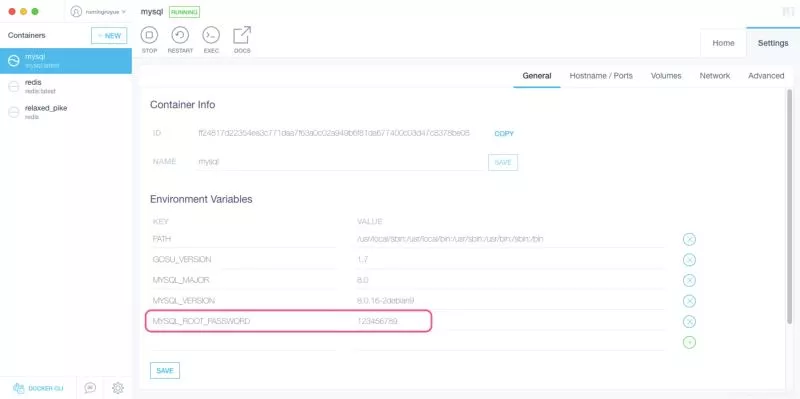当前位置:网站首页>Entropy information entropy cross entropy
Entropy information entropy cross entropy
2022-07-06 23:28:00 【TranSad】
In information theory , We often use entropy to express the degree of chaos and uncertainty of information . The greater the entropy , The more uncertain the information is .
The formula for entropy is as follows :

( notes :log Default to 2 Bottom )
Taking this formula apart is actually very simple : A minus sign , One p(x) as well as log(p(x)). We know that the probability of an event is 0-1 Between , Such a probability value is sent into log function ( Here's the picture ), It must be less than 0 Of , So add a symbol outside , We can get the common positive entropy .

When the probability value tends to 0 perhaps 1 when ( That is, the certainty is very strong ), be p(x) perhaps log(p(x)) Will tend 0, Entropy will be small ; When the probability value tends to 1/2 when ( That is, the uncertainty is very strong ), be p(x) perhaps log(p(x)) Do not tend to 0, Entropy will be large .
for instance , Let's say there are 4 A ball .
1. Suppose it's all black balls ( Minimum uncertainty ), Its entropy is :-1*log1=0
2. hypothesis 2 black ball 2 White ball ( Start with uncertainty ), The entropy is :-0.5log0.5-0.5log0.5=0.301
3. hypothesis 1 black ball 1 White ball 1 yellow ball 1 Basketball ( High uncertainty ), The entropy is :-0.25log0.25--0.25log0.25-0.25log0.25-0.25log0.25 = 0.602
Evaluate the classification results
We know that entropy can be used to see the uncertainty of information , Then we can use entropy to evaluate the effect of classification tasks , For example, we have four pictures , Two pictures of cats : cat 1, cat 2, Two week dog chart : Dog 1, Dog 2. We feed it into the classifier , Obviously, this is a dichotomy problem , Now our two models get the following results respectively :
Model one :( cat 1, cat 2)/( Dog 1, Dog 2).
Model two :( cat 1, Dog 2)/( cat 2, Dog 1).
obviously , Put the model 1 The calculation formula of input entropy of classification results , We can get 0 The entropy of , That is, the uncertainty is 0, Explain that each category is classified correctly . And model 2 The classification results of , You will find that entropy is very large , It shows that the classification effect of the model is not good .
Of course , The above is just a simple example of using entropy to evaluate classification tasks , Only applicable to unsupervised tasks .
Cross entropy
In more cases , Our classification task is labeled , For supervised learning , We use cross entropy to evaluate . The idea of cross entropy is different from the above , It starts from every sample , Calculate the distance between the predicted value and the expected value of each sample ( We call it cross entropy ), Formula for :

among p For the expected output , A probability distribution q For actual output ,H(p,q) For cross entropy .
For example, the cat and dog classification task , We assume that the cat is 10, Dog for 01, Then if the model classifies cats into dogs , Now p=10,q=01,H(p,q)=-(1*log(0)+0*log(1))=∞. It's not surprising to calculate infinity here , Because it's the opposite , So the calculated “ distance ” A very large . In more cases , We will have something similar q=(0.1,0.9) So the value of the , At this time, the calculated entropy is a non infinite but equally large value .
Information entropy solves the problem of weighing times
Information entropy is very useful , For example, we often encounter such a classic problem : Yes n A little ball , Only one ball weighs differently from the others ( Heavier than other balls ), Ask us how we weigh by balance , You can find this ball at least a few times ?
If we didn't study information theory , The first method I came up with was dichotomy :“ Divide the balls into two parts , Keep the heavy part , Another dichotomy ……” And so on. . But by calculating information entropy , We can deviate from the actual weighing method , Directly from “ God's perspective ” To get the final answer —— This is the wonder of applying information entropy .
How to solve it ? We know there are n A ball , The probability of each ball being heavier is 1/n, Then the total amount of information is :
H(x) = n* (-1/n)*log(1/n) = logn
It uses “ The amount of information ” To describe the result , Information quantity is another variable closely related to entropy in information theory —— Looking at the formula, it seems that the method of calculating the amount of information is also very easy to understand and closely related to the entropy formula .( The more direct calculation formula of information is I=log2(1/p))
And weigh once every time , We can get three results : Left , Right side and the same weight . So the amount of information that can be eliminated is :
H(y)=3*(-1/3)*log(1/3)=log3
therefore , The minimum number of weighing times required is H(x)/H(y)=logn/log3 Time .
The above is just a very simple example , Sometimes we don't know whether the unusual ball is heavy or light , At this time, our uncertainty about the whole will increase , That is, the total amount of information H(x) It will change —— The specific idea of adding is : Finding a different ball requires logn The amount of information , It is necessary to judge whether the ball is heavy or light log2 The amount of information , So the total amount of information H(x) by log2+logn=log2n.
At this time, the minimum number of weighing times required is H(x)/H(y)=log2n/log3 Time .
This article mainly combs the information entropy 、 Concepts and usages such as cross entropy , Finally, it is simply extended to the use of information in information theory to solve the problem of balance weighing . Originally, I wanted to write another three door question ( It can also be seen from the idea of information entropy ), But I feel that I'm getting off the subject and pulling away …… That's it .
边栏推荐
- MySQL connected vscode successfully, but this error is reported
- DockerMySQL无法被宿主机访问的问题解决
- MySQL implementation of field segmentation from one line to multiple lines of example code
- Les entreprises ne veulent pas remplacer un système vieux de dix ans
- Docker mysql5.7 how to set case insensitive
- 石墨文档:4大对策解决企业文件信息安全问题
- 问下各位,有没有flink sql生成作业的文档啊或是案列啊知道flink cli可以建表和指定目
- Summary of three methods for MySQL to view table structure
- The problem of ASP reading Oracle Database
- asp读取oracle数据库问题
猜你喜欢
DockerMySQL无法被宿主机访问的问题解决

(1)长安链学习笔记-启动长安链
Docker starts MySQL and -emysql_ ROOT_ Password = my secret PW problem solving

Knowledge * review

云原生(三十二) | Kubernetes篇之平台存储系统介绍
dockermysql修改root账号密码并赋予权限

Children's pajamas (Australia) as/nzs 1249:2014 handling process

同构+跨端,懂得小程序+kbone+finclip就够了!

企业不想换掉用了十年的老系统

Restoration analysis of protobuf protocol of bullet screen in station B
随机推荐
前置机是什么意思?主要作用是什么?与堡垒机有什么区别?
食品里的添加剂品种越多,越不安全吗?
Cloud native (32) | kubernetes introduction to platform storage system
js导入excel&导出excel
Interview question: AOF rewriting mechanism, redis interview must ask!!!
Isomorphism + cross end, knowing applet +kbone+finclip is enough!
Bipartite graph determination
docker启动mysql及-eMYSQL_ROOT_PASSWORD=my-secret-pw问题解决
浅谈网络安全之文件上传
基于PaddlePaddle平台(EasyDL)设计的人脸识别课堂考勤系统
AcWing 4299. Delete point
Gradle知识概括
docker mysql5.7如何设置不区分大小写
mysql-cdc 的jar包 ,在flink运行模式下,是不是要放在不同的地方呢?
Spark Tuning (II): UDF reduces joins and judgments
dockermysql修改root账号密码并赋予权限
mysql查看表结构的三种方法总结
人均瑞数系列,瑞数 4 代 JS 逆向分析
Realize colorful lines and shape your heart
11 preparations for Web3 and Decentralization for traditional enterprises


